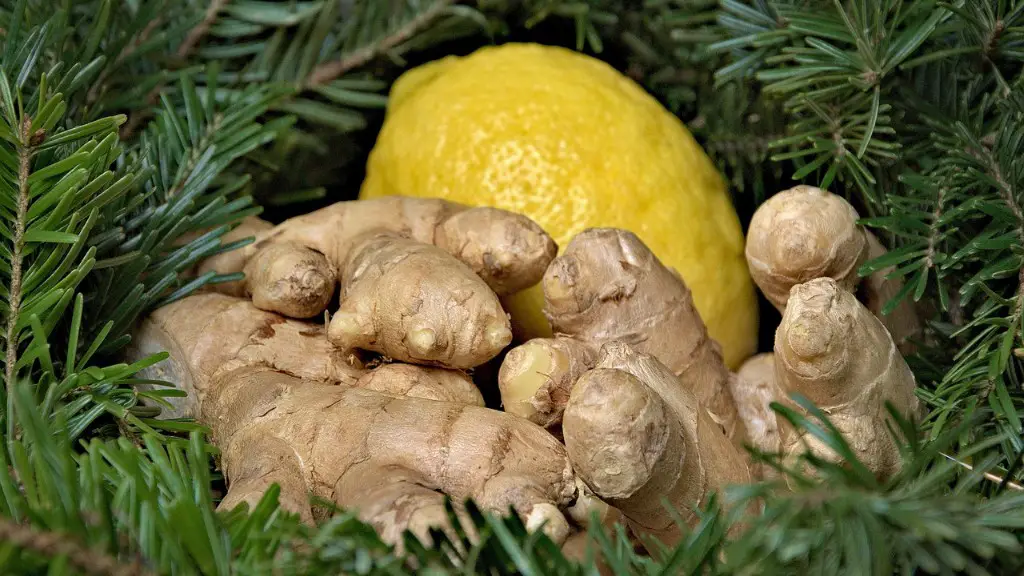Caring for a potted palm tree is easy, but a few basic steps should be taken to ensure that it thrives. The first step is to select the correct pot size for the plant. A pot that is too small can stunt the growth of the palm tree, whereas a pot that is too large could cause the roots to rot. The pot should be large enough to accommodate the palm tree’s root system, usually at least two to three times larger than the diameter of the current pot. The pot should also have proper drainage holes for excess water to pass through and adequate air circulation around the root zone.
The next step is to select the right type of potting soil. The best potting soil for potted palm trees has the texture of regular garden soil, but with added organic matter and other helpful ingredients like fertilizer, water-holding polymers, and wetting agents. It should also have enough organic matter to keep the soil well-aerated and to enhance water-holding capabilities.
It is also important to remember to water the potted palm tree on a regular basis. This will help to keep the soil moist and prevent any root rot. However, it is important not to over-water the tree either. Too much water can cause root rot, which can kill the tree. To determine when to water the potted palm tree, check the potting soil and make sure it feels slightly damp to the touch.
In addition to regular watering, potted palm trees should also be fertilized regularly. To do this, use a slow-release fertilizer for potted palms that is high in nitrogen, phosphorus, and potassium. This will help to promote healthy growth and new leaves. The fertilizer should be applied according to the instructions on the package, usually every two to three months during the growing season.
Finally, regular pruning and grooming of potted palm trees is also important. Pruning helps to remove dead or damaged fronds and to promote healthy leaf growth. To do this, use a sanitized pair of garden shears to cut off any browned or yellowed leaves. It is important to remember to use sharp tools as dull tools can tear the leaves or cause damage to the trunk.
Temperature
The temperature of the environment where the potted palm tree is placed in is also important for its growth. Palm trees thrive in optimal temperatures of around 23°C, so it is best to keep the plant in an area where it is exposed to a moderate amount of sunlight. Too much direct sunlight can cause damage to the leaves and should be avoided.
Humidity
Humidity is also an important factor for potted palm trees. If the air is too dry, it can cause the leaves to turn brown, so it is best to keep the humidity around 50-60%. To do this, use a humidifier or mist the plant regularly.
Pest Control
It is important to be vigilant in checking for pests such as mites and aphids in potted palm trees. If these pests are discovered, they should be treated as soon as possible using an insecticide or insecticidal soap. It is also important to remove any infested plant material to prevent further spreading.
Transplanting
If a potted palm tree becomes root-bound, it may be time to repot it into a larger pot. This should be done with great care as any damage to the root system can kill the plant. To repot a palm tree, start by carefully removing the old pot and the old soil. Gently tease out the roots and remove any excess soil from the root ball. Place the palm tree into the new pot and fill in the pot with fresh potting soil, making sure to lightly press down on the soil to remove any air pockets.
Propagation
Potted palm trees can also be propagated by taking stem cuttings. To do this, pick a healthy section of the stem of the palm and cut it off with a sanitized knife or pair of garden shears. Dip the cut end into rooting hormone and then place it into a moist potting soil. Make sure to keep the soil moist and in a warm, humid environment. After a few weeks, new growth should begin to emerge and the new plant will be ready to pot up into its own pot.
Container Considerations
When selecting a pot for your potted palm, be sure to look for one that has the appropriate drainage holes for excess water to pass through. The pot should also be made of a material that allows for air circulation, such as terracotta or unglazed ceramic. This will help to keep the soil from becoming waterlogged and causing root rot.
Ongoing Maintenance
Ongoing maintenance is also important in caring for a potted palm tree. Regularly inspect the plant for pests and disease, and make sure to provide the tree with balanced fertilization, adequate water, and occasional pruning. By taking these steps, your potted palm tree will thrive and stay healthy for years to come.



